We use cookies to make your experience better. To comply with the new e-Privacy directive, we need to ask for your consent to set the cookies. Learn more.
What are recycled aggregates?
Why use recycled aggregates?
Versatile.
From construction and/or building projects to landscaping applications, there are many ways of reusing these aggregates. At Mainland Aggregates, we supply recycled drainage aggregates and recycled sub-base aggregates. If you require assistance picking the right recycled aggregate for your project, do not hesitate to contact us for professional advice.
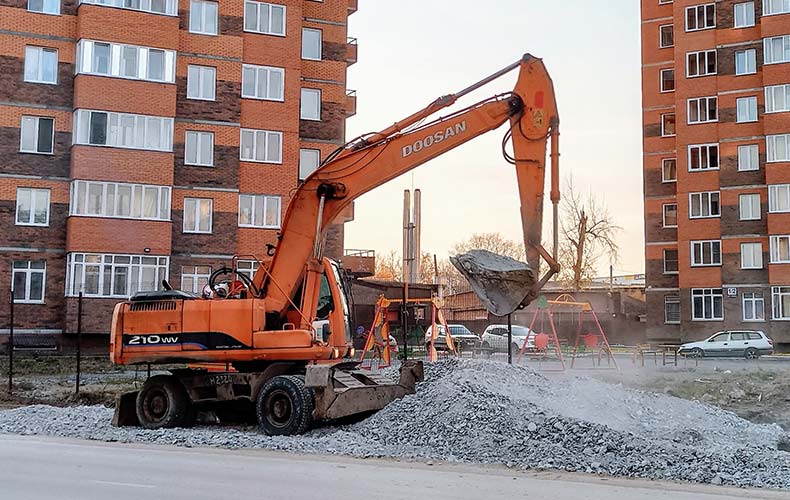

Eco-friendly.
Since the extraction and/or production of these aggregates does no involve mining, by using recycled aggregates natural resources and environments will be preserved. Not only this but it will also reduce the pressure on landfill capacity. As Said Kenai explains in Waste and Supplementary Cementitious Materials in Concrete, “Recycling reduces waste and reduces energy consumption and hence contributes to a more sustainable construction industry.”
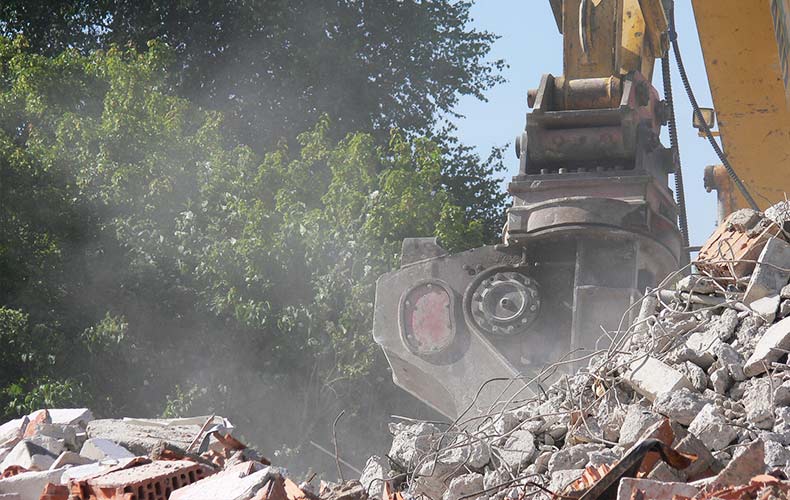

Credit for image goes to: https://www.prohousedemolitionsbrisbane.com
Cost-saving.
Recycled aggregates are a cheaper alternative to quarried aggregates. Plus, even though these are a more cost-effective solution, these also retain quality. Not to mention the fact that, as recycled aggregates are often produced locally, the cost of transport will also be lower.


Types of recycled aggregates.
6F2
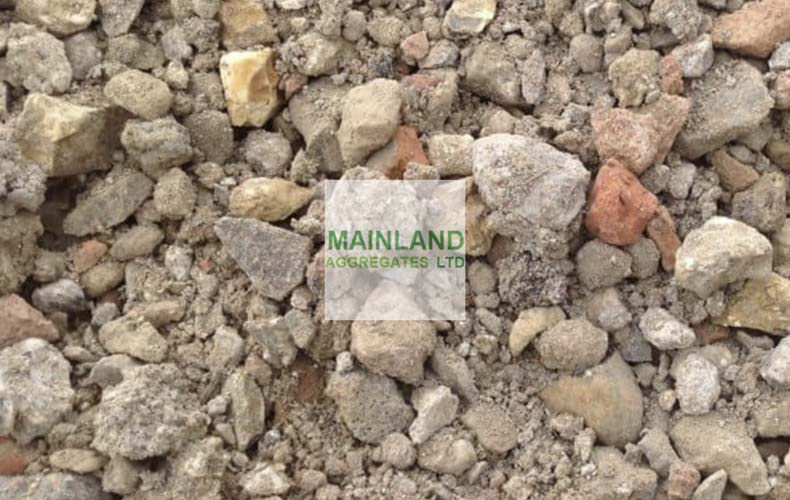

Also known as 6F2 Stone or Crusher Run, 6F2 is a combination of crushed brick, mortar and concrete produced by demolition projects. Our 6F2 varies in size from 75mm to dust. This type of aggregate can be used as a sub-base for buildings and roads as well as general backfill.
Pipe Bedding
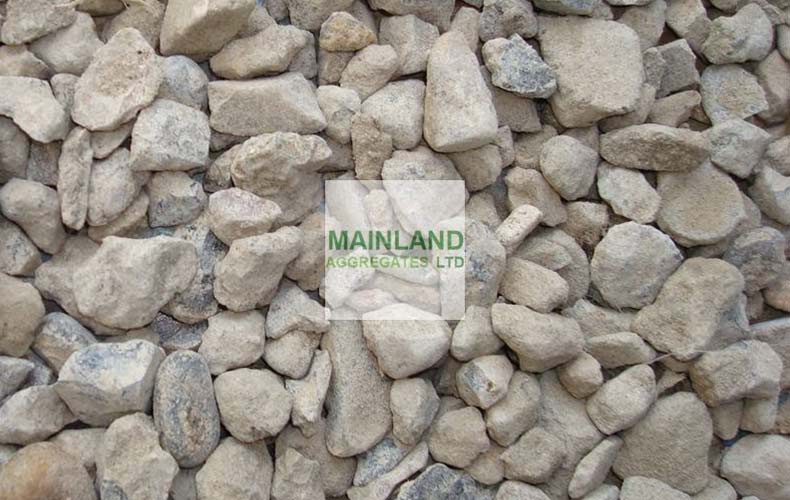

Recycled pipe bedding is used for free draining around pipes. These aggregates are suitable for projects that require good drainage. We stock a variety of different sized recycled pipe bedding, including 10mm Recycled Pipe Bedding, 20mm Recycled Pipe Bedding and 40mm Recycled Pipe Bedding.
Type 1 MOT
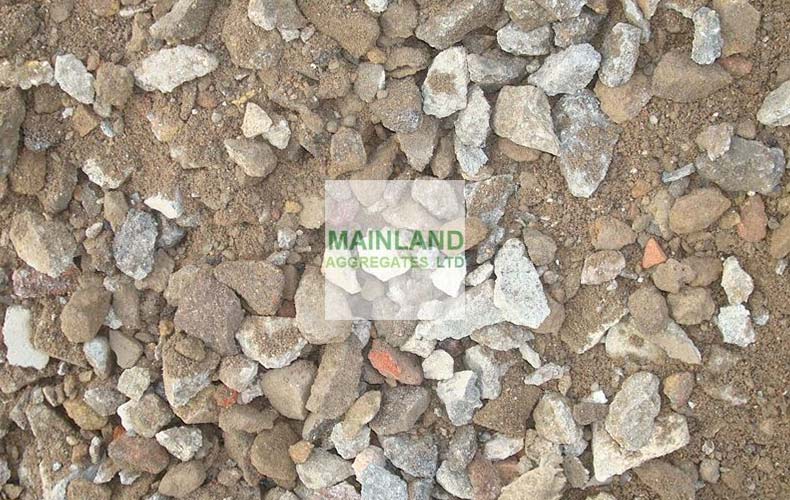

Recycled Type 1 consists of a blend of crushed concrete, brick and the occasional asphalt. MOT Type 1 recycled aggregates are graded according to the Specification for Highway Works 803 (SHW 803). Recycled MOT Type 1 ranges in size from 40mm down to dust, meaning it can be used to create a compact surface.
Railway ballast
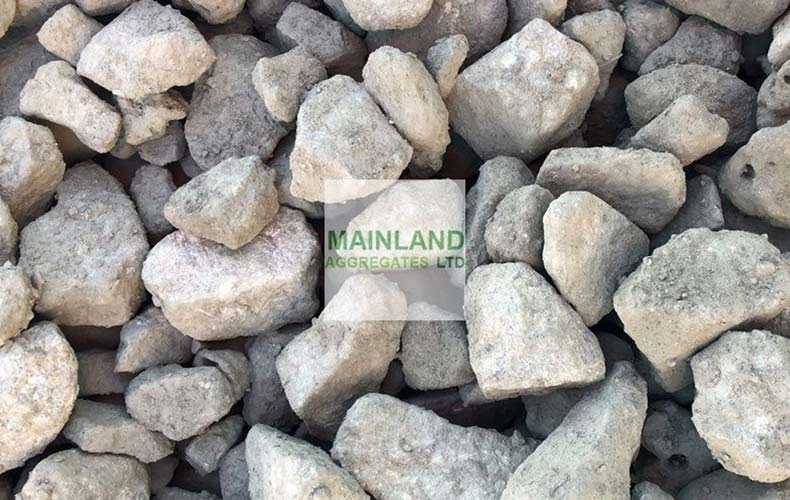

Our 70/30mm Recycled Rail Track Ballast is made of pure granite crushed. This type of ballast is produced by removing old rail track ballast when renewing track aggregates. After being removed, rail track ballast is re-screened and cleaned.
Road Scalpings
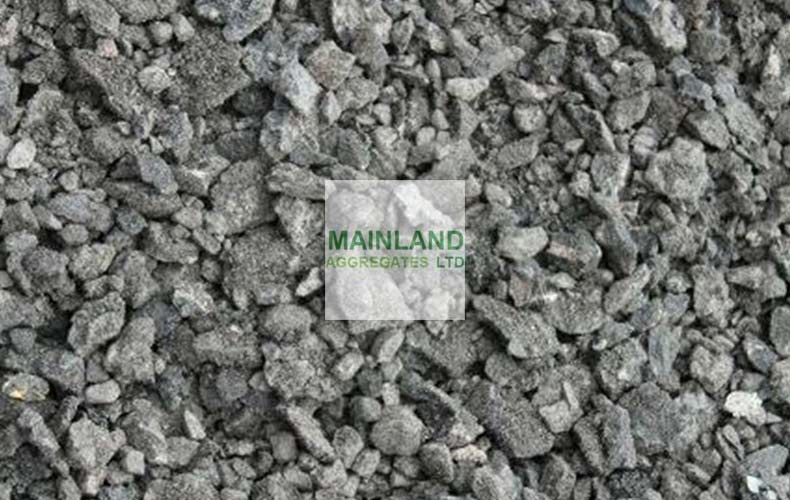

Also known as road planings, scalpings are aggregates produced by a cold milling machine, which removes the surface layer of tarmac. Road scalpings can be used for sub-bases, highways, hard standings, driveways and many other projects.
